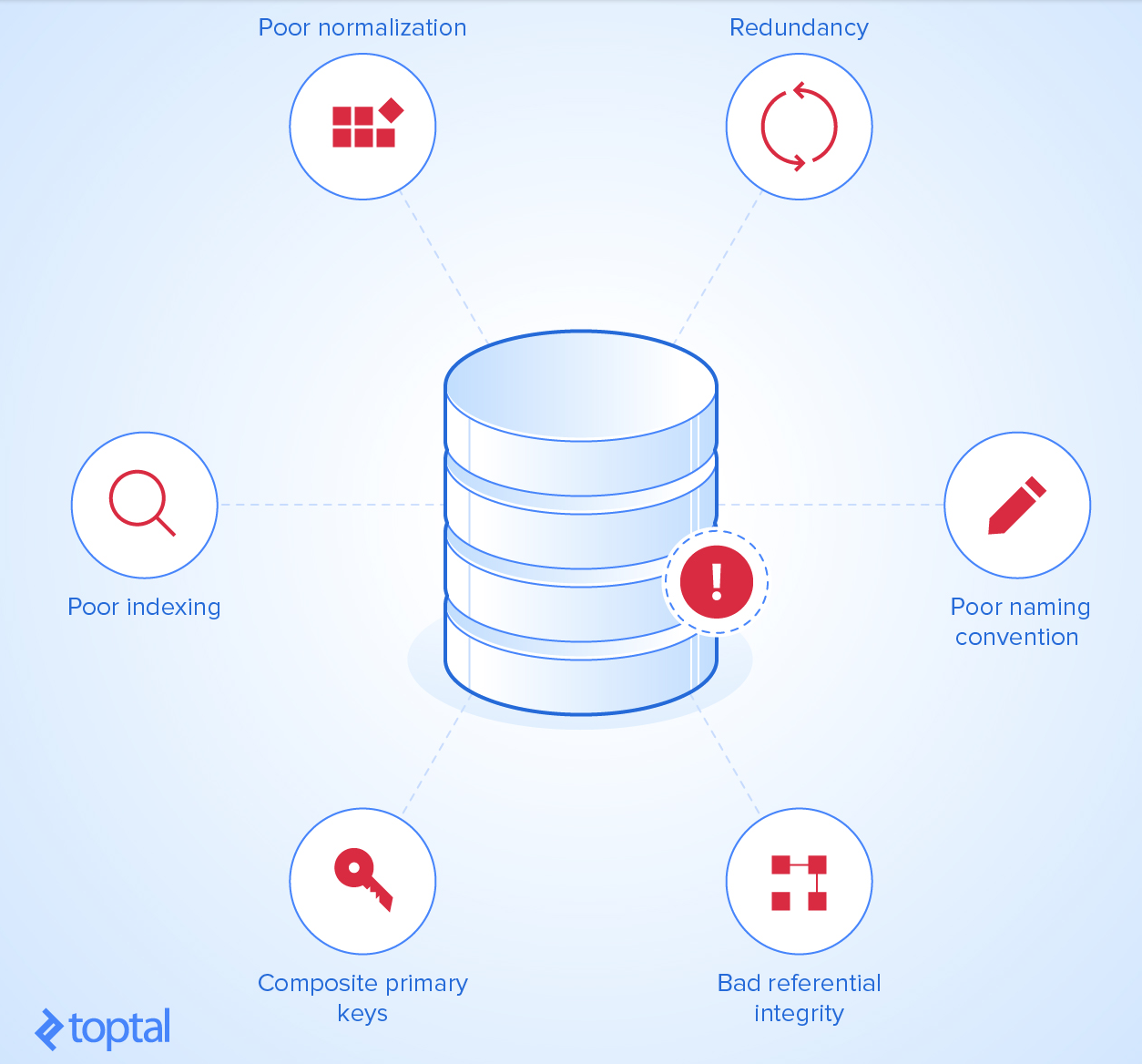I want to know if composite primary keys is aare bad practice and if not, onin which scenarios is recommendable totheir use. beneficial?
My question is based on this article
TheNote the part about composite primary keys:
Bad Practice No. 6: Composite Primary Keys
This is sort of a controversial point, since many database designers talk nowadays about using an integer ID auto-generated field as the primary key instead of a composite one defined by the combination of two or more fields. This is currently defined as the “best practice” and, personally, I tend to agree with it.
However, this is just a convention and, of course, DBEs allow the definition of composite primary keys, which many designers think are unavoidable. Therefore, as with redundancy, composite primary keys are a design decision.
Beware, though, if your table with a composite primary key is expected to have millions of rows, the index controlling the composite key can grow up to a point where CRUD operation performance is very degraded. In that case, it is a lot better to use a simple integer ID primary key whose index will be compact enough and establish the necessary DBE constraints to maintain uniqueness.


